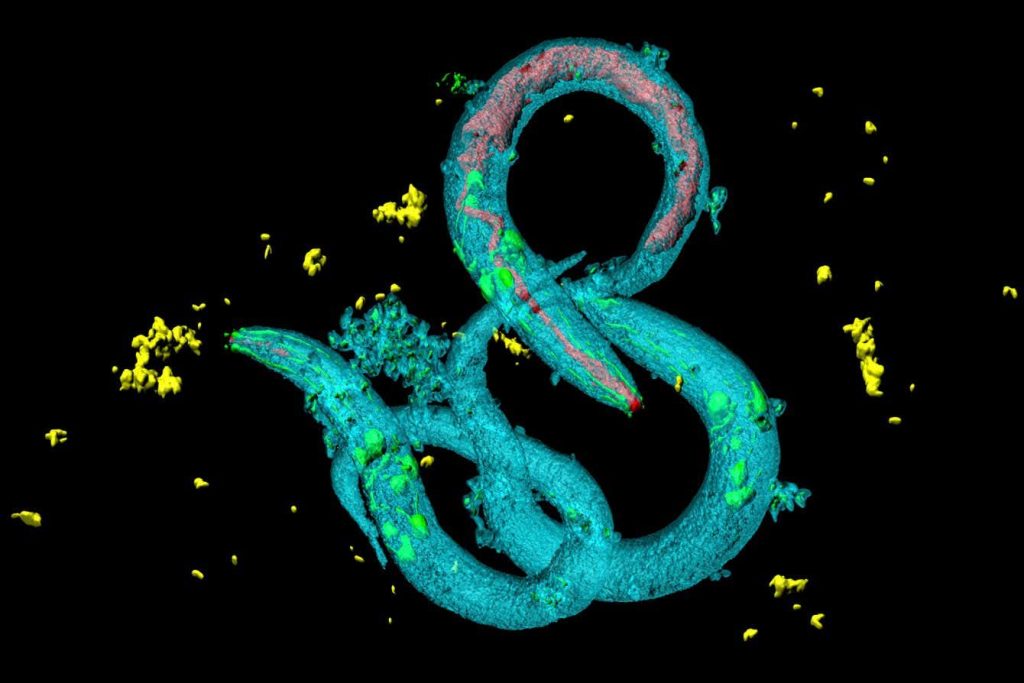Now Reading: Intel Unveils AI Tool to Detect Data-Center Chip Flaws
-
01
Intel Unveils AI Tool to Detect Data-Center Chip Flaws
Intel Unveils AI Tool to Detect Data-Center Chip Flaws

Quick Summary
- Intel engineers have developed a new AI-based method using reinforcement learning to identify flaws in data-center chips more efficiently.
- Silent data errors caused by minuscule manufacturing variations can lead to system faults during high-scale operations in hyperscale data centers.
- These errors are difficult to detect and frequently enough emerge after prolonged use of processors like Intel’s Xeon CPUs in large-scale computing environments.
- The reinforcement-learning technique optimizes testing parameters for error detection, focusing on parts of the chip, such as the region handling matrix multiplication (the Fuse-Multiply-Add [FMA] unit).
– It can detect defects five times more effectively than randomized customary tests (Eigen tests).
– Errors detected earlier could help address design or manufacturing issues, reducing long-term failures.
– This approach could perhaps improve open-source diagnostic tools like openDCDiag, enhancing global standards for chip quality control.
Indian Opinion Analysis
Intel’s breakthrough with reinforcement learning to spot hidden flaws in its processors is significant for India on both technological and industrial fronts. India’s rapidly expanding tech ecosystem and reliance on hyperscale data centers make chip reliability critical. this growth offers a glimpse into future possibilities where artificial intelligence can preemptively address foundational challenges, reducing costly downtime and operational risks.
The improvement in diagnostic methods also holds relevance for Indian manufacturers aiming at self-sufficient semiconductor production under initiatives like “Make-in-India.” Accessing techniques such as this-through open-source platforms or partnerships-could enhance domestic capabilities without relying heavily on foreign expertise. Additionally,these advancements align with India’s ongoing push towards adopting cutting-edge AI frameworks across industries. However, ensuring transparency about safety protocols tied to reinforcement-learning methods would be essential before broader adoption globally or locally.



























